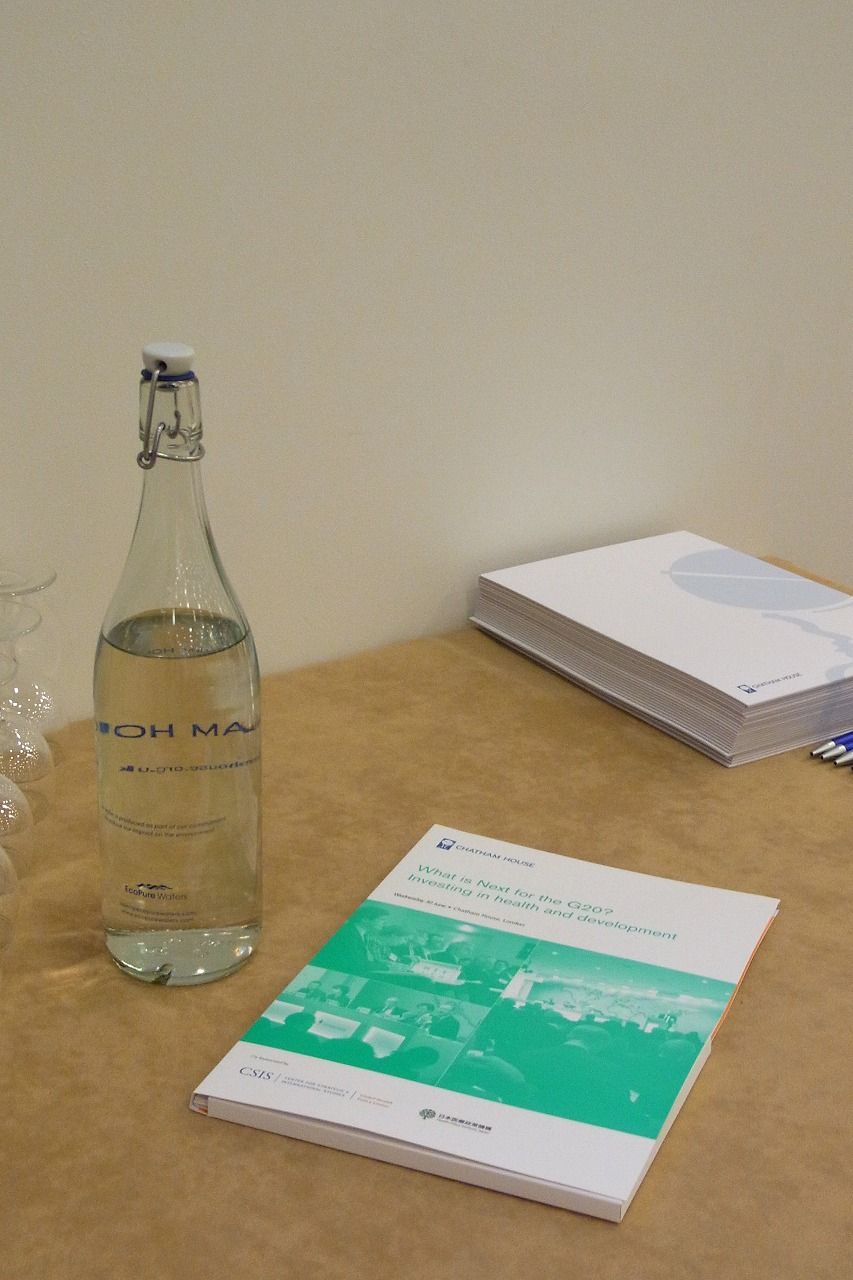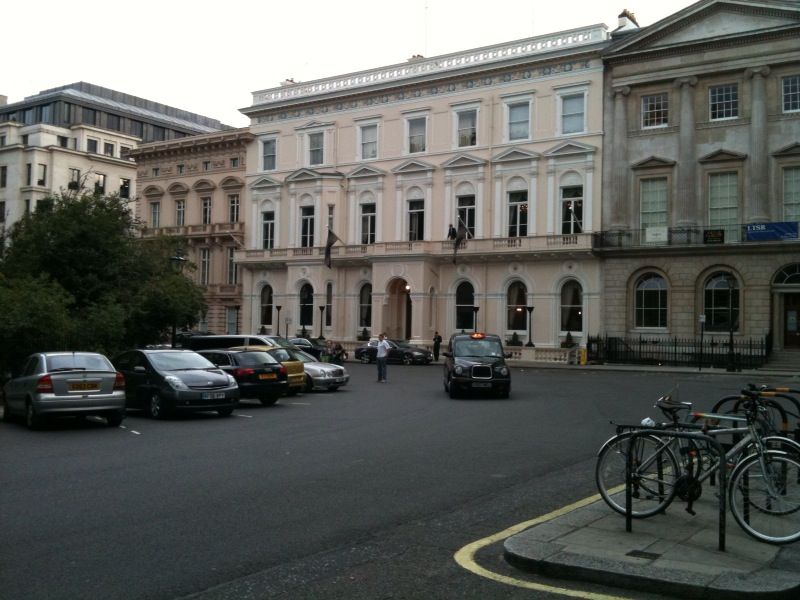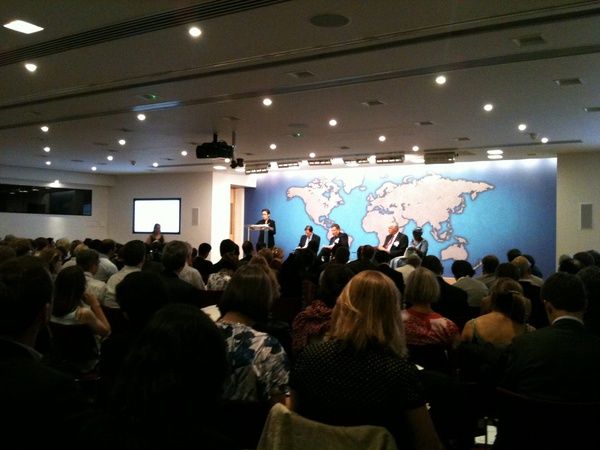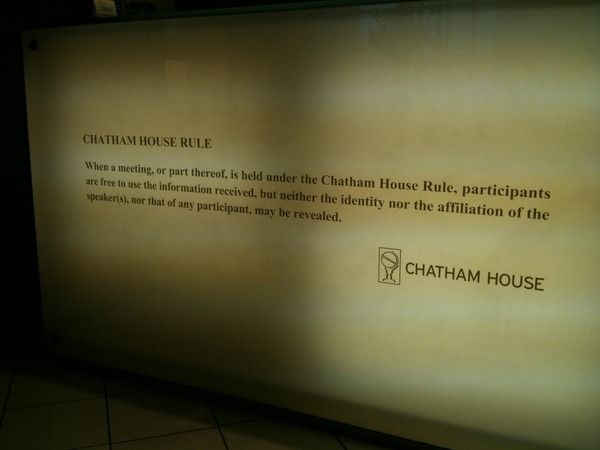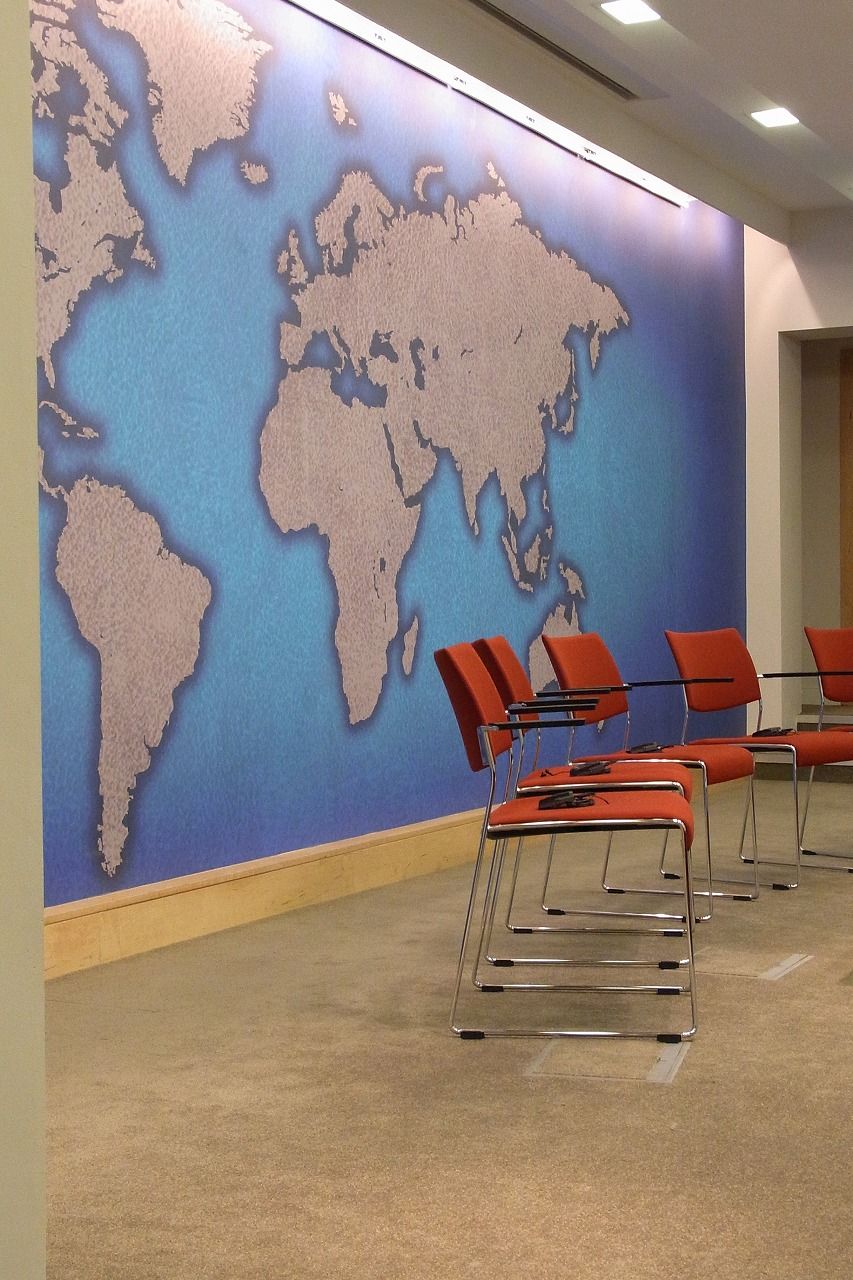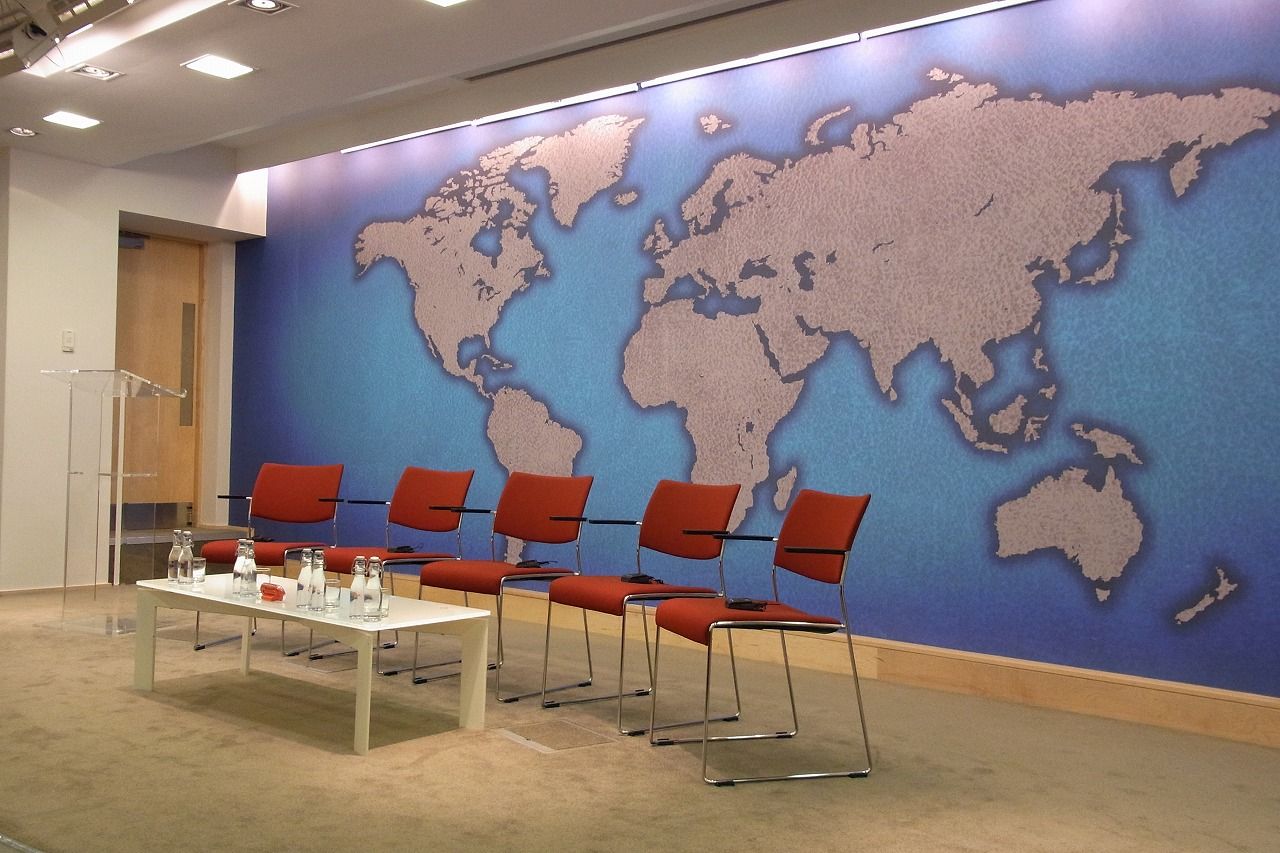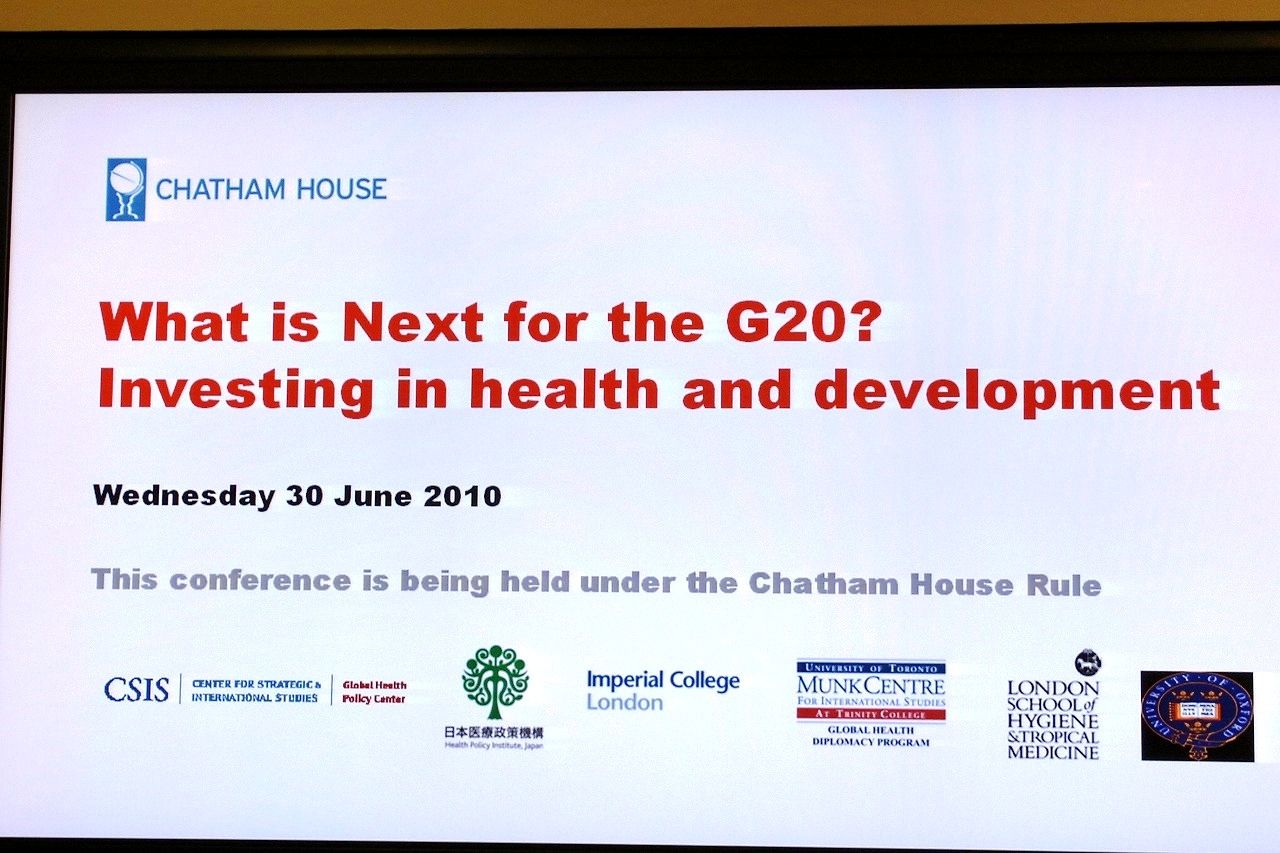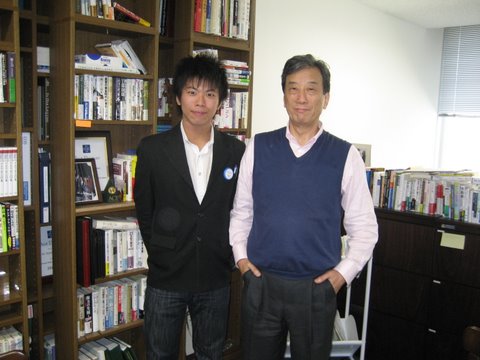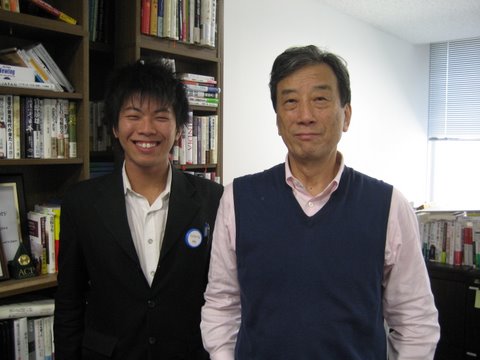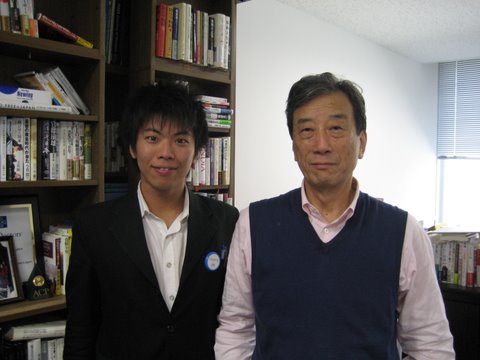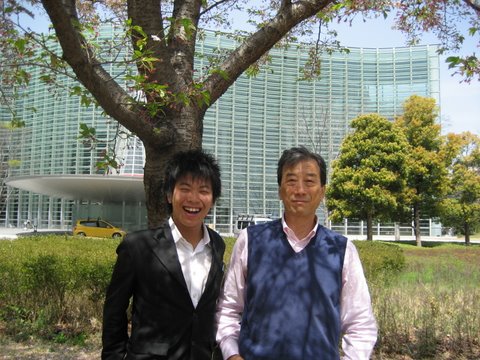→Japanese
Have you read ‘The special’ in March 1st issue of Nikkei Business Magazine? (Why is it that you are charged fee to read this on Internet and how long?)
The opening article of this issue is ‘This week’s focus’ featuring President Masamitsu Sakurai of Rikoh and Chairman of Keizai Doyukai (Japan Association of Corporate Executives). He has been sending out keen critical messages on a insular mind-set of business sector. Thus, I sense the editor’s will in combining this article with ‘The Special’ of this issue. It’s a good choice.
‘The Special’ features from page 22 to 39, with a title, exactly – ‘Japan As Developing Country In Environment’. Japan’s business sector has been for long, too inwardly and technology focused, thus trapped in ‘excessive belief in its technologies’ that it has not effectively captured the market in the world flying with global clean energy movements.. Especially mega corporations are too much obsessed with the logic of itself that they are neglecting the world trend – does not have ‘first hand experience’ of how the global world is moving ahead to siege the opportunities. When they discuss issues, what they mention is only ‘reasons for difficulties; why things cannot be done’.
For a long time, Japan was regarded as the leader in Environment Technology. Energy efficiency, water treatment, battery etc…. But how are they performing in global marketplace?
Although we may have many advanced technologies, we can’t think in a 'global, vertical, way' nor do we have ‘know-hows’ to develop vertically to capture growing global market. Japanese manufacturing sectors, particularly electronics industry, have been ironically called as ‘Galapago-nized’ (Ref.1) thus, developing most advanced manufacruting precision and technology, but failed to lead the global marketplace effectively with profit-making business models. Most Japanese have poor connections to people of the world, and many executives do not have reasonable command of spoken English. Large number of big corporations are led by executives and leaders who are rising within their own hierarchial organization structure with ‘Sakoku (national isolation)’ mind-set, clinging to the memory of past ‘success’. All these are the result of being content with domestic business, and being aversive of taking any (even calculated) risks going abroad I would say. What lies in 10-20 years ahead of young people who strive to be hired by those companies? Maybe it is reflected in the middle manger level ‘human resource’ of these companies.
Many examples exist of not being able to see ‘things’ in a big picture, cannot conceive and tell ‘stories’ (in Japanese). Technologies are of little use if not used as a part of attractive stories.
It is obvious that it was not just electrics industry that had these problems, but the problems strangely seem to be prevailing in many established large companies, often hanged on to the business as usual, missing the chance of big change.
We do see some good signs though, but they are too small and lack speed, the fact pointed out repeatedly in my blog postings. The traditional career path in Japan of ‘single track’ is the barrier of change.
What is important is to send messages to Japanese citizens firmly and repeatedly. This is the mission of media so that the necessary policies’ could be implemented with wider public support. We must realize that ‘Kurofune’ (blackships led by Commodore Perry to open up Japan some 150 years ago) will not come any more’ (Ref.1).
I have posted several reports on nuclear power plant project won by Korea. Further, rapid growth of Korean companies such as Sumsung, LG, Hyundai, Posco, as well as more recent outstanding performance of Korean athletes in Vancouver Olympic are also impressive. At this timing, came the Toyota problem.
Oh, Japan, cheer up and do your best! Japanese business leaders, buckle up! The same goes for university leaders, too.
The basis of a nation is nurturing/education of human resource and human capital. What kind of education? This is another story for preparation of ever flattening global world..
Recently, there are reports and some sense among many Japanese establishments to learn lessons from Korea as well as China which I am happy to see. “Always to be a humble learner’ is a wisdom from ancient time.
